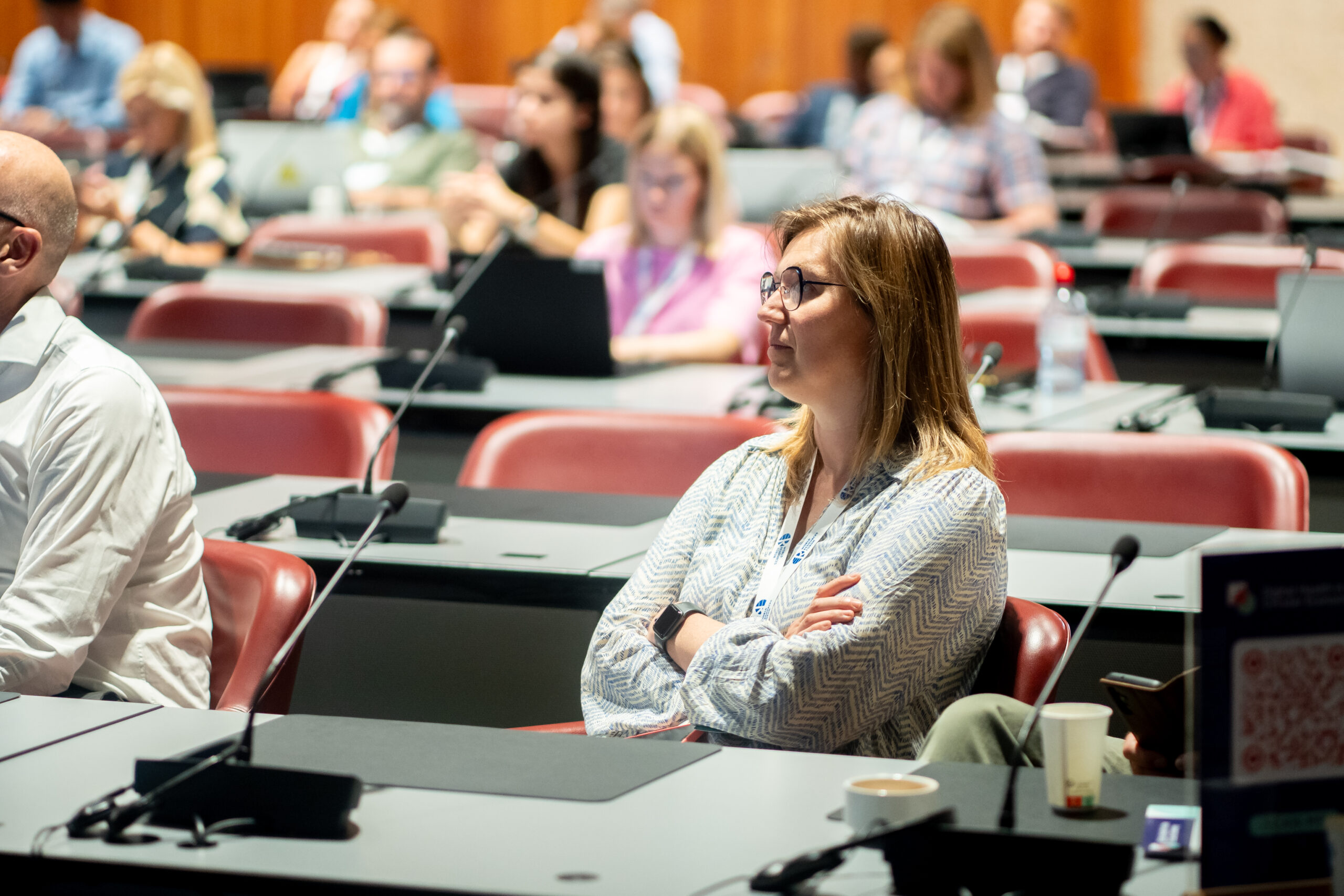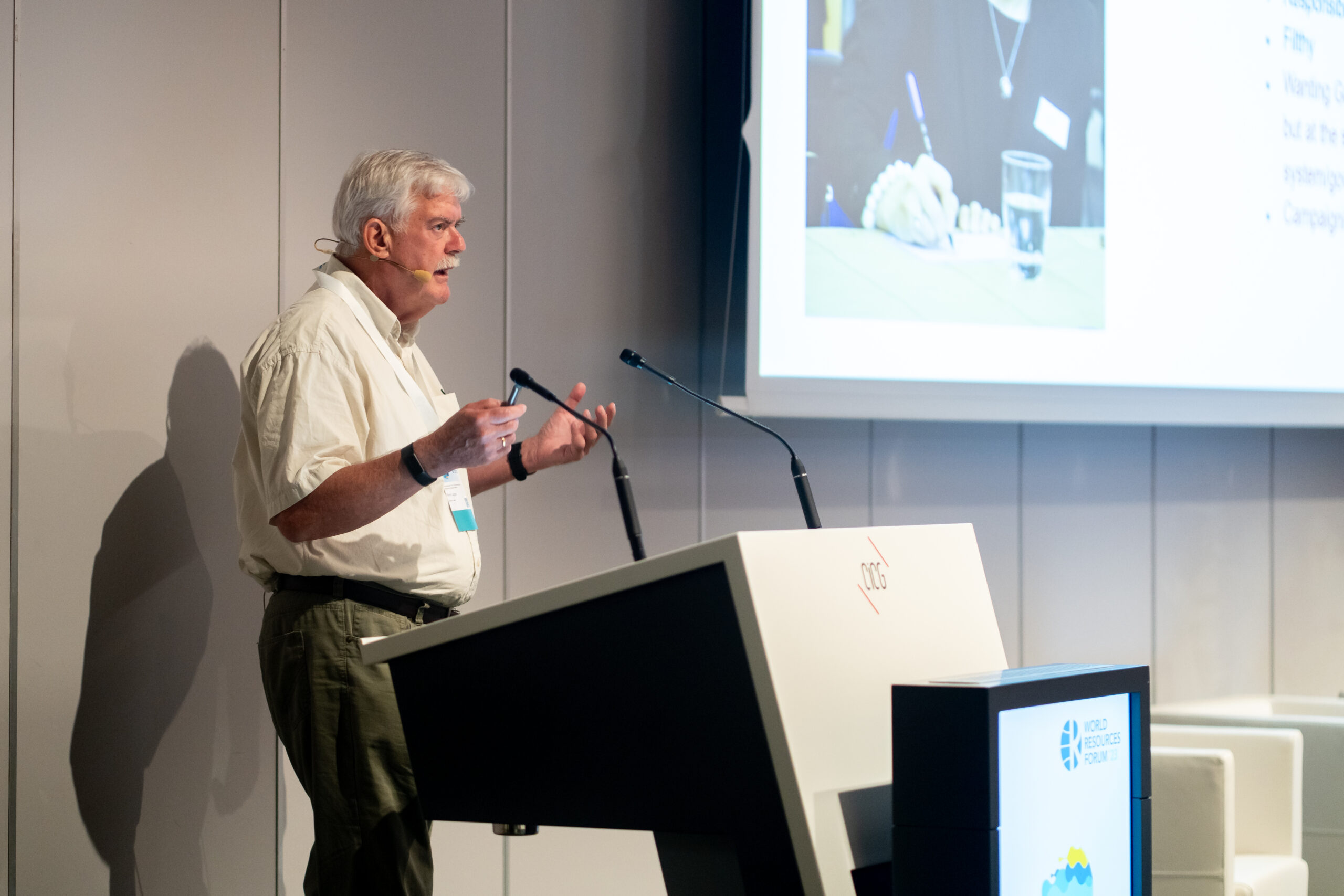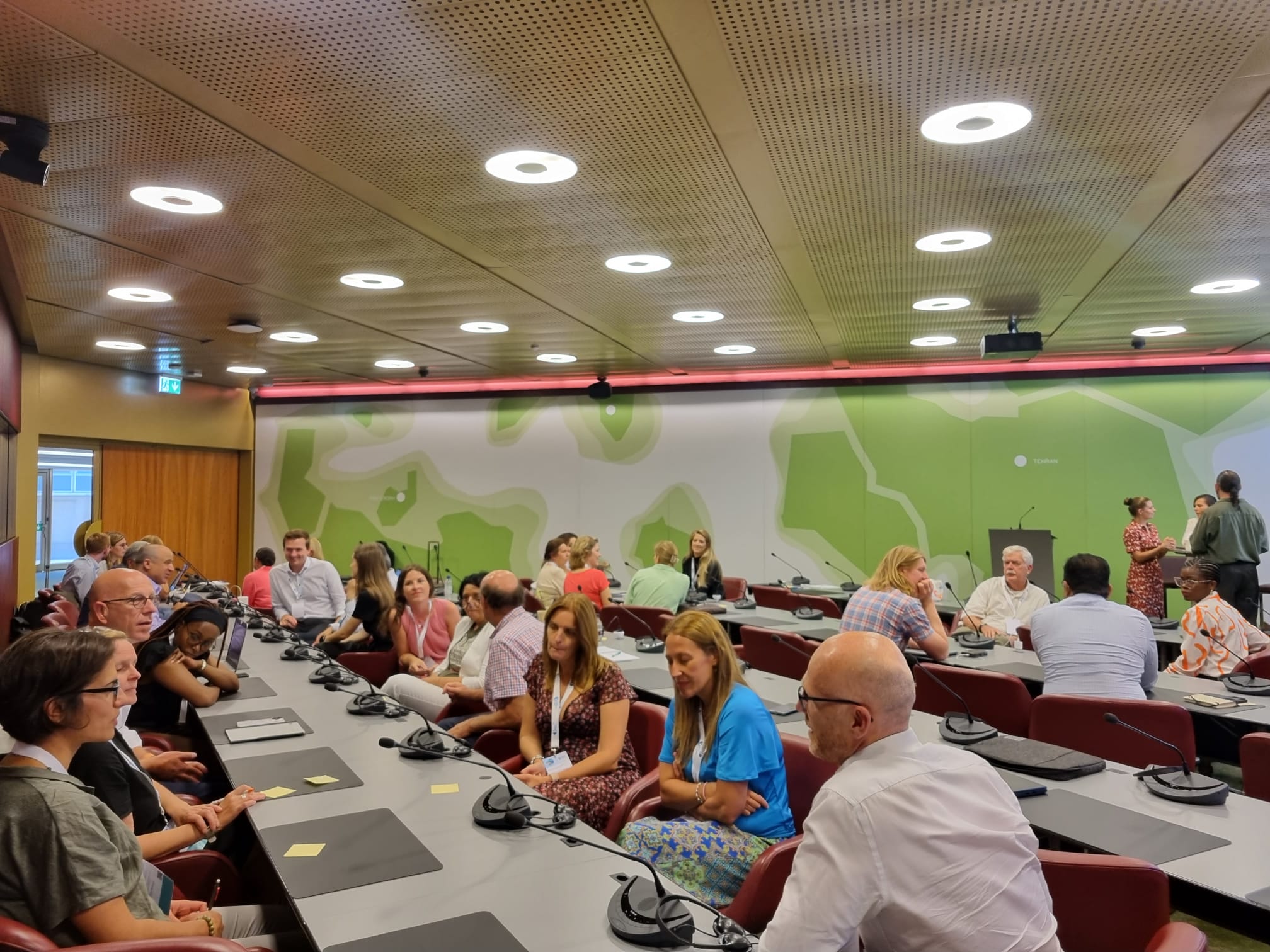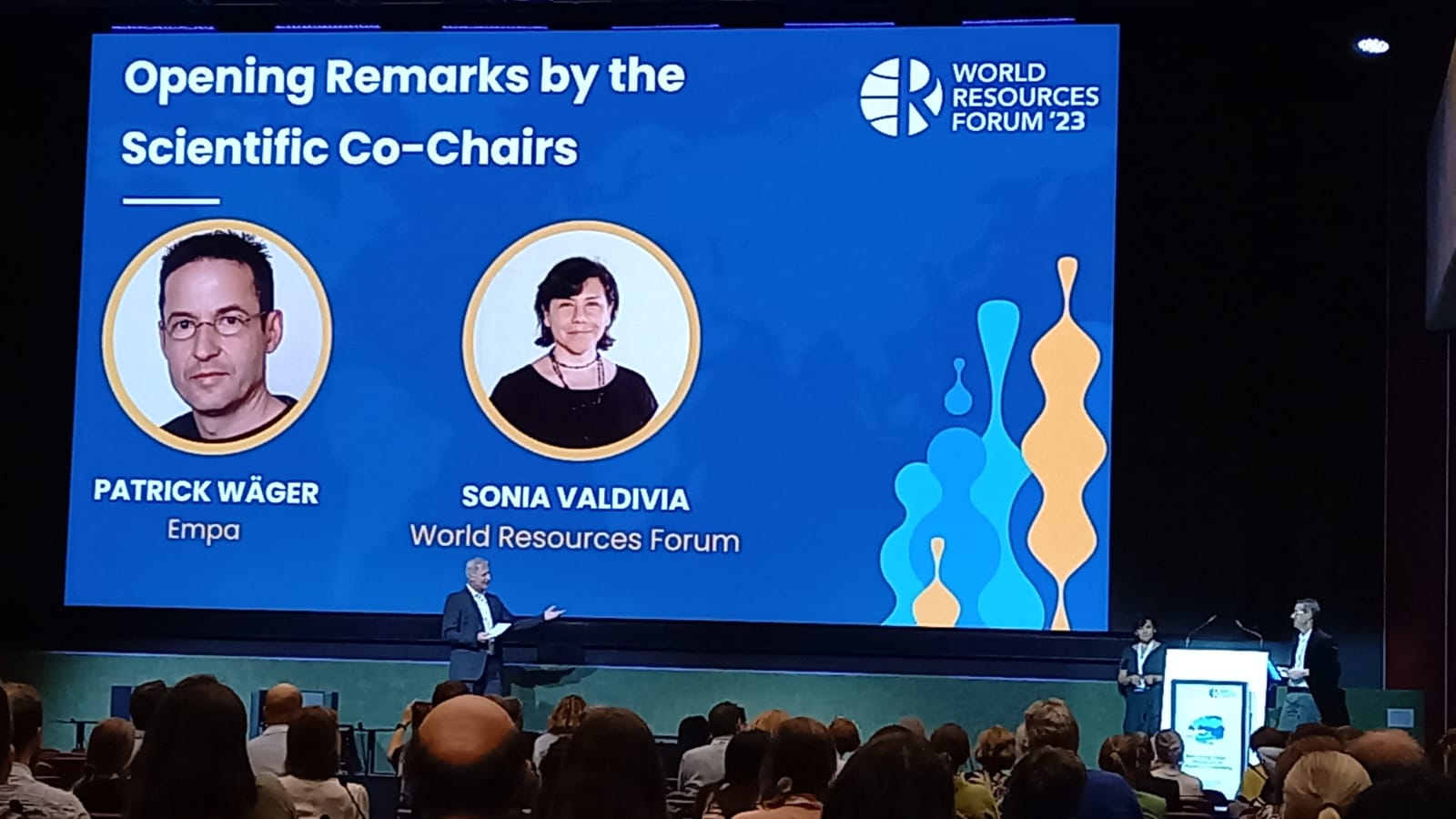The project’s first year illuminated the path to circular design in digital health devices while simultaneously pushing the boundaries of sustainability in health care. The Consortium’s efforts were driven by a shared commitment to reducing environmental impact and fostering patients, well-being, and innovation in healthcare technology.
Circular Design
In the first year of the DiCE project, partners from TU Delft developed circular recovery flows within the digital health device domain and identified best practices (with the help of MIREC, GRIN, and WEEE Forum). This robust research covered 346 devices, 21 expert interviews, and 96 scientific papers and resulted in the development of 31 potential circular design guidelines tailored to digital health devices that are to be refined and published in 2026.
Tackling e-paper labels first, TU Delft and Janssen collaborated closely to enhance the design of these new digital products replacing traditional paper labels while addressing the issue of outdated information leading to medication waste. Their trials and research led to three promising approaches that will be further refined and prototyped in 2024.
Technology and processes for waste management, reverse logistics, refurbishment and recycling
Focussing on DiCE’s three large scale pilots planned for 2025 in Belgium, Spain, and Slovenia, partners from Janssen, Philips, MIREC, and Games for Health set out to map medical devices and associated regulations on a country level while familiarising themselves with remanufacturing, recycling, an existing reverse logistics operation such as SIGRE in Europe.
While unravelling local regulations, European policies, and logistics, GRIN worked diligently on designing, building and testing collection box prototypes that will be further developed in the coming year. GRIN’s unique design will play a significant role in motivating citizens to properly recycle used digital health devices.
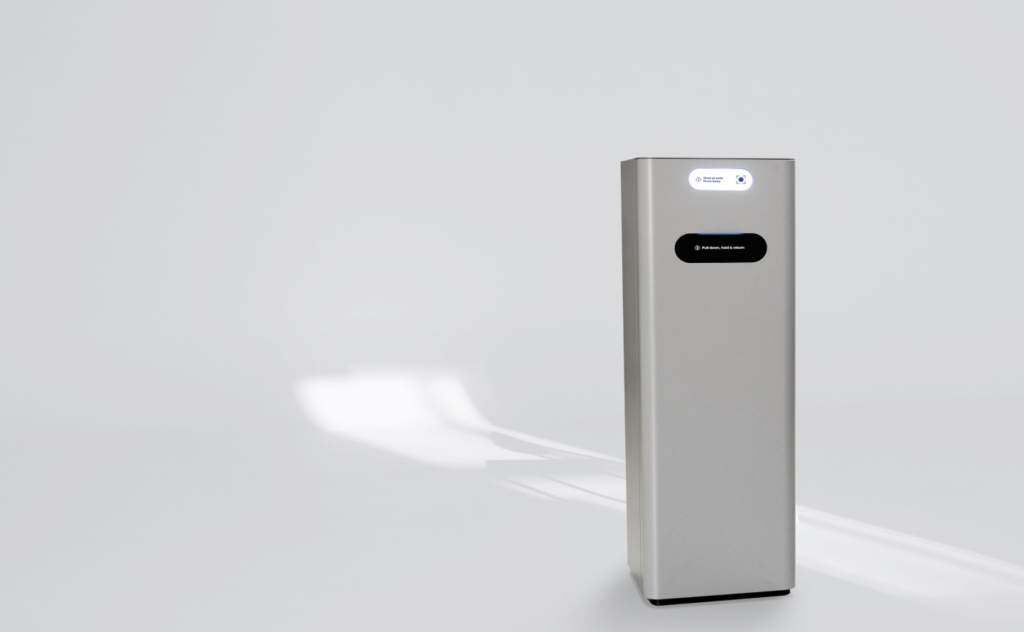
Citizen engagement and influencing consumer behaviour
DiCE’s devotion to involve citizens as well as industry actors in the development of its nudging strategies has been reported numerous times in 2023. As established, Games for Health prepared the scenarios and activities for these sessions, while LiCalab, Fundación Intras, and RRA Podravje – Maribor reached out to local stakeholders and citizens motivating them to have their voices heard and take part in our Sustain-a-thons, design sprints, and co-creation sessions.
Our partners’ aim is to get insights into the preferences and habits of citizens related to collecting or re-using e-waste and digital health devices, the preferred collection methods of e-waste and optimal location points for collection. These valuable insights will help our partners in developing efficient collection strategies.
Performance assessment, monitoring and demonstration of the transition
Last year, the centre of attention of partners from Ghent University was the mapping of the value chain model along with their benchmarks for the e-paper label and the endocutter. Janssen and Johnson & Johnson MD played an important role, providing a holistic view on the value chain with practical insights into clinical trial settings. In only a couple of months, the university spearheaded an integral fast-track life-cycle assessment aiming at calculating the carbon footprint of the materials that are part of the e-paper label and endocutter.
Meanwhile, World Resources Forum’s proactive approach ensured a deeper understanding of circularity indicators and methodologies relevant to social life cycle assessments for identified value chain actors. The combined efforts of our partners will be soon echoed by the academic sphere as the findings of this work will be published in a peer-reviewed scientific journal.
Exploitation, business models and policy recommendation
IT University of Copenhagen dived into how business models for digital health devices can be adapted for the circular economy and consequently, how stakeholders must follow the change. This fascinating study did not only touch on literature review but conducted 47 interviews with service and product manufacturers, material manufacturers, external organizations and regulators, and customers. Resulting in a taxonomy of four circular business models, with the help of IT University of Copenhagen, DiCE will be able to better guide the roll-out of a circular product.
Finally, World Resources Forum scoured existing European legislation, standards and policies ensuring that any product developed by the project will adhere to existing regulations. Aiming to pioneer in circular solutions, WRF’s proactive team also identified crucial points that shall be addressed to close the loop:
- Medical devices such as the endocutter in our scope, considered as bio-contaminated after use do not fall under the WEEE Directive and mostly undergoes incineration.
- Single-use health devices are not authorised for reprocessing in 15 EU/EEA countries.
- Most European countries only allow reprocessing when a device is brought to the market with the intended purpose of being a “reusable device”.
2024 will bring more developments and a shift in focus to the remaining products in focus while continuing to consult citizens and stakeholders in Europe. In the next couple of months, DiCE is to join in the European Commission’s Circular Cities and Regions Initiative and book several conferences. Next year will also indicate the start of the project’s confirmatory pilots including local collection points and creative nudging strategies. Copenhagen Business School will take the lead in ensuring the sustainability of the project’s wide-reaching and longer-term impacts.
We look very much forward to 2024, where the individual workstreams will come together in multiple pilots across the three clusters we are active in and where we will start creating the circular ecosystems to transition the healthcare sector towards circular economy.
Els Ducheyne, Project Coordinator




